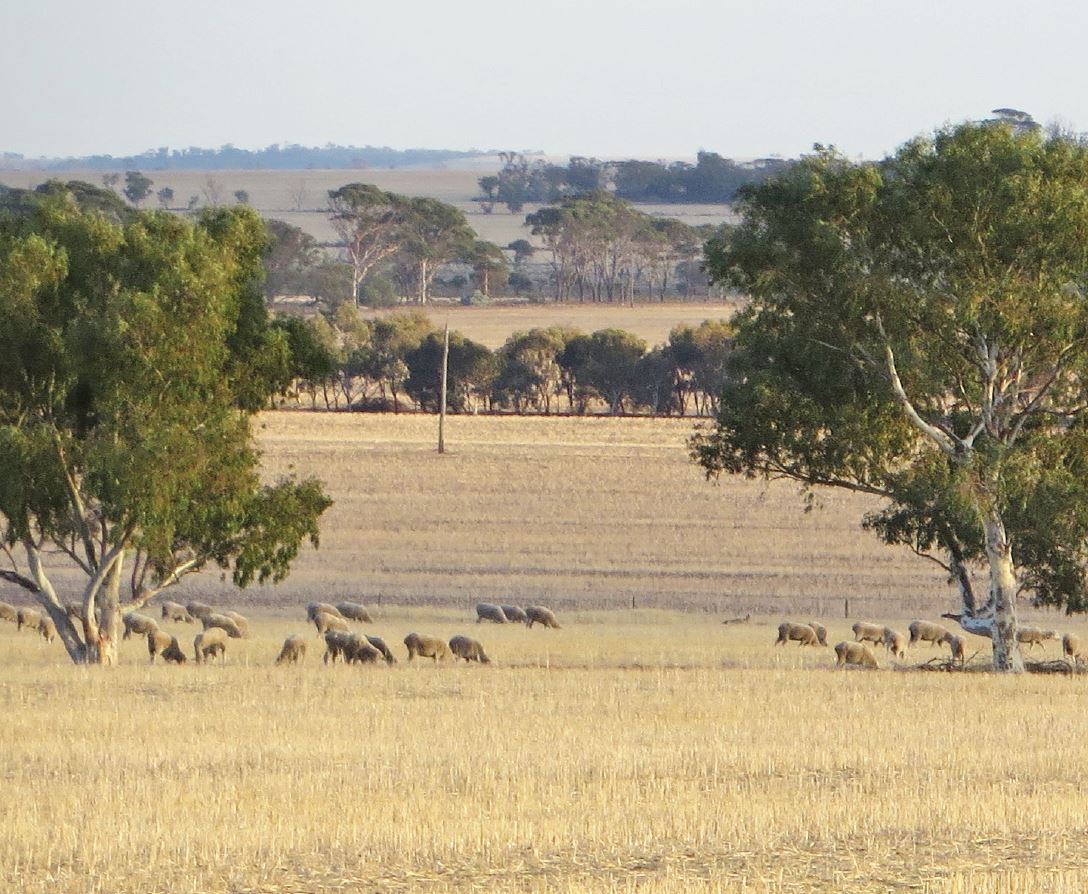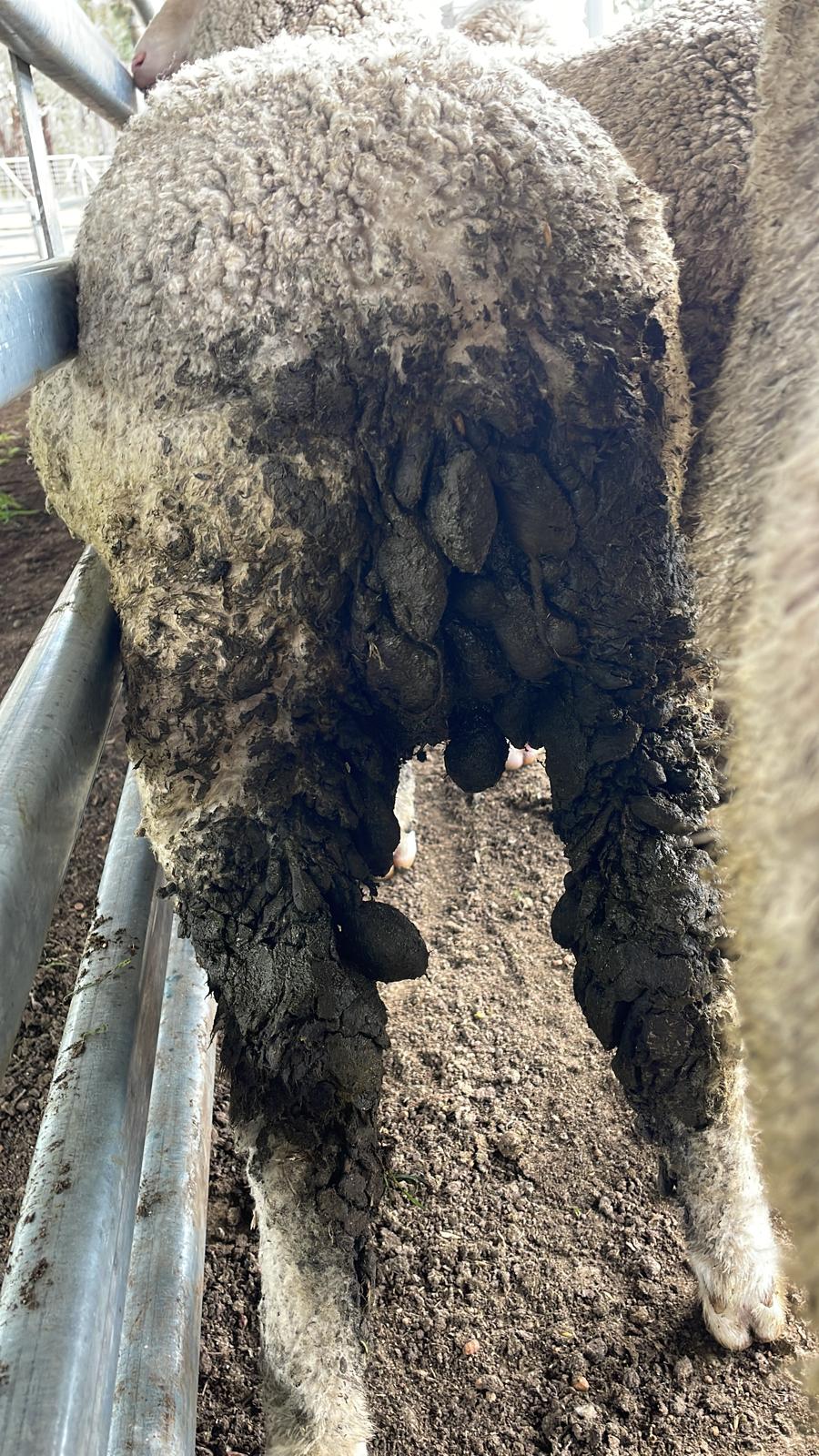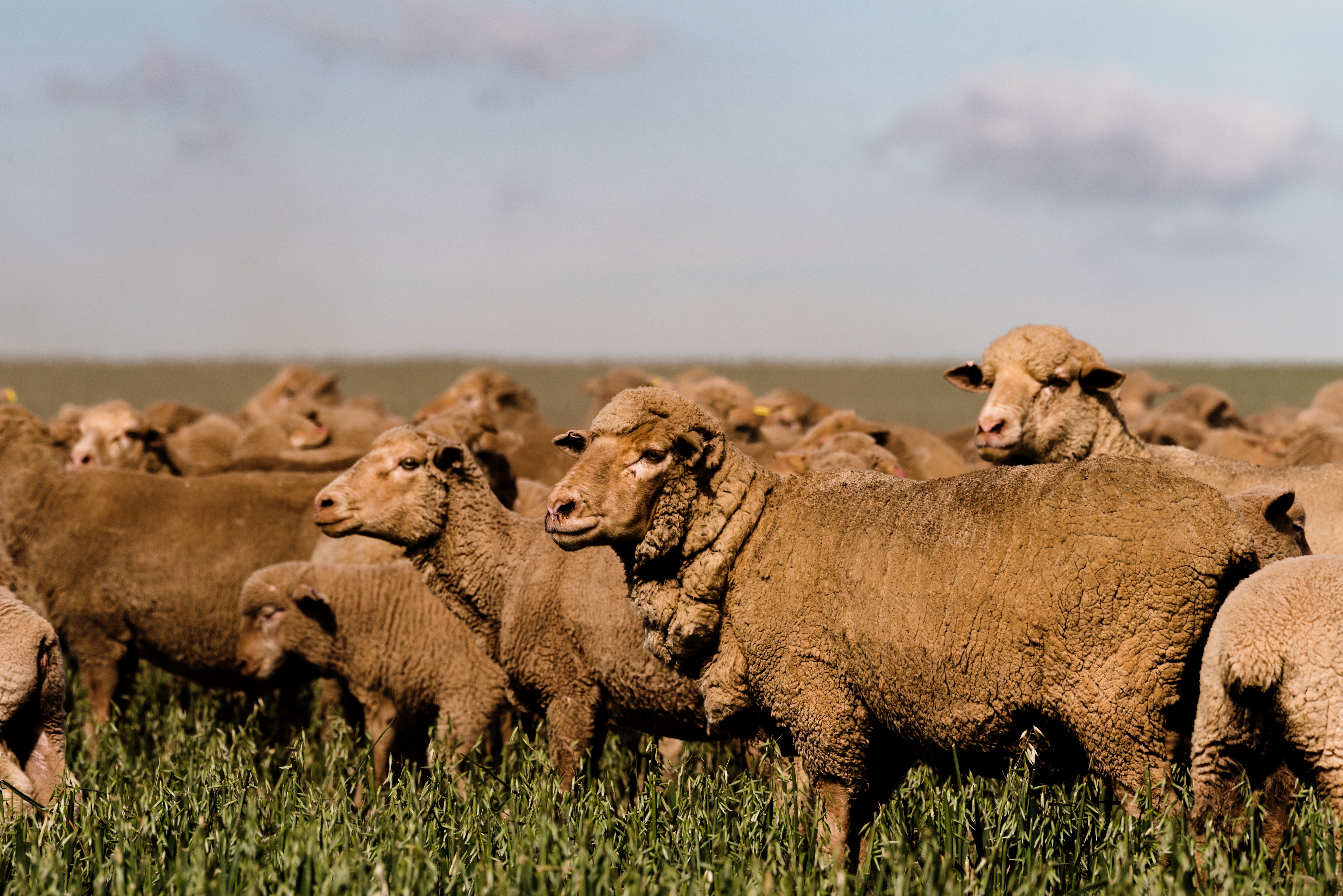Optimising productivity and profitability with feed tests

Conducting feed tests is an important strategy for meeting your sheep's nutritional needs in the most cost-effective way. This article outlines how feed testing can help optimise productivity and profitability by identifying the true value of different feed sources.
If you are purchasing in feed or utilising feed grown on-farm, conducting a feed test will help you to accurately meet the energy and protein requirements of your sheep in the most economical way. The nutritional value of grains, hay and silage can vary greatly depending on factors including the growing conditions, stage of harvesting and storage conditions. This means that the same type of feed (e.g. barley) could vary considerably in nutritional value between years and sources. Supplementary feed is also a significant expense in sheep enterprises and hence a feed test allows you to calculate the cost of feed per unit of energy, or protein and select the supplementary feed which is most cost-effective.
What can a feed test tell you?
Feed tests commonly report the following components:
- Dry matter
- Digestibility
- Fibre
- Metabolisable energy
- Crude protein
- Ash
- Fat
- Water-soluble carbohydrate
Dry matter
Dry matter (DM) is reported as a percentage and represents the proportion of the feed that remains after all of the water has been removed. This dry portion of the feed contains the nutrients. Energy and protein measurements are reported on a dry matter basis so that feeds with different moisture contents can be directly compared. Knowing the dry matter percentage is important in calculating the amount of feed that needs to be fed, as it adjusts for the component of the feed that is water and hence has no nutritional value.
Typically, grain and hay are around 90% DM, whereas silage is often 35-40% DM.
Digestibility and fibre
Digestibility refers to the proportion of dry matter in the feed that is digested and utilised by the animal and not just passed out in the faeces. The following example shows a high-quality pasture of 80% digestibility, where 1kg of dry matter is consumed, 0.8 kg or 80% of the dry matter is utilised in the body and 0.2kg or 20% of the dry matter is passed out in the faeces.
Digestibility in a feed test is reported as Digestibility of Dry Matter (DMD/DDM) or the Digestibility of the Organic Matter in the Dry Matter (DOMD). DMD/DDM is the proportion of the dry matter that is digested by the animal. DOMD is a measure of the digestibility of the organic component of the feed and takes into account the amount of inorganic matter (ash) in the sample, such as sand, dirt and clay.
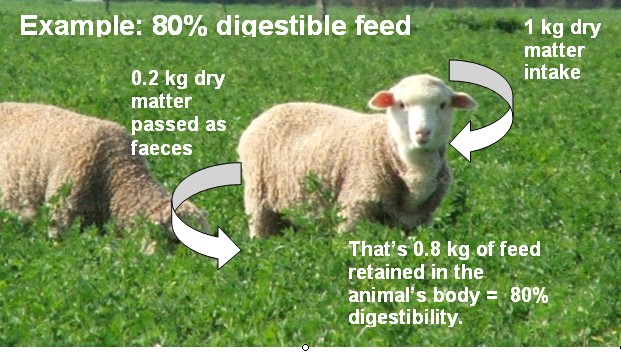
Source: DPIRD
Feed that is higher in fibre has lower digestibility, meaning that it takes longer to digest and subsequently, the sheep can’t eat as much of it per day. Fibre is reported as Acid Detergent Fibre (ADF) and Neutral Detergent Fibre (NDF). ADF refers to the cell wall portions of the forage, which are made up of cellulose and lignin. NDF is the total amount of fibre in the feed and is comprised of ADF plus hemicellulose. Cellulose and hemicellulose are partially digested in the rumen, whereas lignin is indigestible. This means that the digestibility of the feed generally decreases as ADF increases.
NDF values reflect the amount of feed that the animal can consume and are the key measure of fibre to focus on in your feed test.
Metabolisable energy
Metabolisable energy is the amount of energy in the feed that is available for the sheep to use and is calculated based on the digestibility of the feed. Feed tests report metabolisable energy (ME) as megajoules (MJ) per kilogram of dry matter (MJ/kg DM or MJ ME/kg DM).
Crude protein
Crude protein (CP) is estimated based on the amount of nitrogen in the feed. Some of the nitrogen in feed is ‘true’ (natural) protein (i.e. amino acids) and some is non-protein nitrogen (e.g. nitrates, ammonia and urea). Rumen microbes can break down non-protein nitrogen and synthesise it into protein. However, large quantities of non-protein nitrogen can be toxic due to build-up of ammonia in the blood. It is generally recommended that no more than one-third of the crude protein is non-protein nitrogen and non-protein nitrogen should not be added at more than 2% of the diet. Feed tests report crude protein as a percentage of dry matter.
How to use the results of a feed test
Calculating feed budgets
Meeting the energy and protein requirements of sheep is the highest priority of managing sheep nutrition. Feed tests enable accurate feed budgets to be calculated to ensure that you are meeting the energy and protein requirements of your different classes of sheep, avoiding under- or over-feeding and optimising their productivity and survival.
You will use the energy, protein and dry matter results in your feed test to calculate the amount of supplementary feed to provide your different classes of sheep to meet their energy and protein needs. Refer to our Feed budgeting 101 article for the steps in calculating a feed budget and links to the feed budget tables. Through this process, you will determine the energy and/or protein deficit that needs to be met with the supplementary feed and convert this into an ‘as fed’ amount, i.e. how much you will feed out, which adjusts for the dry matter percentage of the feed.
Comparing the costs of feed based on DM, ME and CP
The energy, protein and dry matter results in your feed test can also be used to calculate the cost of supplementary feed per unit of energy or protein to help you select the supplementary feed or mix of supplementary feed that is most economical.
You can calculate these yourself using the formulas below or use DPIRD’s feed cost calculator, which can be found here.
- Determine the cost of the feed per kg of dry matter = (cost per tonne x 10) / dry matter percentage = cost in cents/kg DM
- Determine the cost per megajoule of energy = cost of feed from step 1 (in cents/kg DM) / energy result from feed test in MJ/kg DM = cost in cents/MJ ME
- Determine the cost per kg of crude protein = cost of feed from step 1 (in cents/kg DM) / crude protein percentage = cost in $/kg CP
For example:
|
|
Barley |
Lupins |
|
Cost ($/tonne) |
350 |
420 |
|
Dry matter (%) |
90 |
90 |
|
Energy (MJ ME/kg DM) |
12.3 |
13.1 |
|
Crude protein (%) |
12 |
32 |
|
Cost/kg DM |
= (350 x 10) / 90 = 38.9 c/kg DM |
= (420 x 10) / 90 = 46.7 c/kg DM |
|
Cost/MJ ME |
= 38.9 / 12.3 = 3.2 c/MJ ME |
= 46.7 / 13.1 = 3.6 c/MJ ME |
|
Cost/kg CP |
= 38.9 / 12 = $3.24/kg CP |
= 46.7 / 32 = $1.46/kg CP |
In this example, barley and lupins have a similar cost per unit of energy, but lupins are over 50% cheaper for protein.
Other considerations
- Consider adaptation periods for supplementary feeds. Cereal grains have a high starch content, which presents a risk of acidosis, so gradual introduction is required. The risk of acidosis is highest for wheat, followed by triticale, then barley, with oats being the safest to feed. Cereal-based pellets can also present a risk of acidosis
- Sudden introduction of high rates of lupins to hungry sheep can present a risk of ammonia toxicity
- Regularly weighing (dry adult sheep and young sheep) and condition scoring (adult sheep) sheep is important to determine if the rates of supplementary feeding are meeting their needs
- In the ewe recovery period, between weaning and the next joining, it is generally cheaper to gain condition score in ewes on pastures before they senesce and then maintain condition using supplementary feed rather than gain condition for joining using supplementary feed
- Consider the method of feeding to avoid feed wastage. Raising the feed off the ground, for example, using lick feeders, troughs or hay racks, avoids ingestion of sand, which can accumulate in the rumen over time and reduces feed wastage. If trail feeding, avoid feeding in sandy areas where possible and change feeding sites regularly
- Make sure you know your bale weights to accurately calculate the amount of energy and protein supplied by hay and silage
- Calibrate your feeder to ensure you are feeding accurate amounts
- If purchasing in feed, make sure to ask for ME, CP and DM results and bale weights for hay or silage before committing to a purchase
Sources
- AWI Extension SA 10-minute talk: https://www.youtube.com/watch?v=RSzkF-DXqic
- How good is that feed? | Autumn 2023 | Sheep Notes newsletter | Newsletters | Support and resources | Agriculture Victoria
- Sheep feed value guide | Agriculture and Food
- Feed tests are vital for feed budgeting | Agriculture and Food
- Supplementary feeding and feed budgeting for sheep | Agriculture and Food
Amy Lockwood, AWI Extension WA




